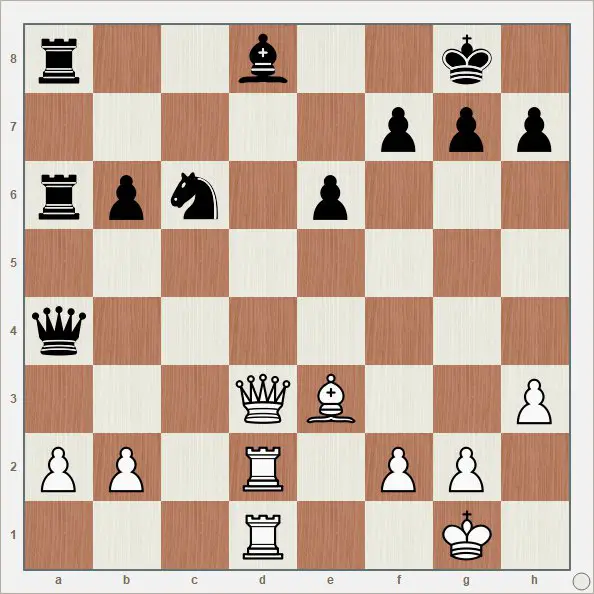In standard chess, there is no limit to the number of times you can say “check.” However, the game can be won by delivering checkmate, which ends the game. Additionally, there is a chess variant called 3-Check, where the objective is to check the opponent’s king three times to win the game.
In a situation known as perpetual check, one player can force a draw by an unending series of checks, but this is not one of the standard rules of chess.
It’s important to note that in chess, the game is won by delivering checkmate, not by simply checking the opponent’s king.
Do you have to check before checkmate?
No, it is not mandatory to check before checkmate in chess. When you checkmate the opponent’s king, you win the game, and it is not necessary to say “check” or “checkmate” in an official chess game.
In fact, most of the time, players are professional enough to identify when they are in check or checkmate.
However, it’s important to note that the game is won by delivering checkmate, not by simply checking the opponent’s king.
Can you win a chess game without checkmate?
In standard chess, the game is won by delivering checkmate, and it is not mandatory to check before delivering checkmate.
Therefore, it is possible to win a chess game without checkmate if the opponent’s time runs out and they do not have enough material to theoretically checkmate you, in which case the game is a draw.
Additionally, a stalemate occurs when a player has no legal moves and is not in check, resulting in a draw. However, the primary and standard way to win a chess game is by delivering checkmate.
How To Checkmate?
To achieve checkmate in a chess game, you need to place your opponent’s king in a position where it is under attack and has no legal moves to escape. There are several checkmate patterns, or ways to force a checkmate upon your opponent. Some of the most common patterns include:
- King and Queen: Block off one rank at a time and walk the king to the edge, then when your king is directly across from their king, deliver the mate
- King and Rook: Similar to the king and queen pattern, block off one rank at a time and walk the king to the edge, then when your king is directly across from their king, deliver the mate
- Ladder Mate: This pattern requires two rooks or a queen and a rook. Place your two pieces diagonally from each other and check the enemy king, making it flee in one direction. Eventually, it runs out of room, and it is easy checkmate
- Staircase Method: This method involves slowly pushing the king to the edge of the board, alternating with queen and queen or king and rook. It can be used with two queens or other combinations of pieces.
It is essential to practice these patterns and understand how to recognize them during games.
Additionally, it can be helpful to watch instructional videos and tutorials on YouTube to learn more about checkmate patterns and techniques.
Remember that it is not mandatory to check before checkmate, and you can go straight to checkmate if the opportunity arises.
What is the back rank checkmate pattern in chess
The back-rank checkmate pattern in chess occurs when a rook or queen delivers checkmate along the opponent’s back rank, where the mated king is unable to move up the board because it is blocked by friendly pieces, usually pawns, on the second rank.

This pattern is one of the most basic checkmating patterns in chess and is often guarded against by a friendly rook or queen protecting the back rank.
However, it may be possible for the attacking side to deflect one of these pieces away from defensive duties to execute the back-rank checkmate. Understanding and recognizing this pattern is crucial for both delivering and defending against checkmate in chess
How to defend against the back rank checkmate pattern?
To defend against the back-rank checkmate pattern in chess, players can take several measures to prevent falling victim to this common tactic. One effective defense is to create an escape square for the king, usually by advancing the g- or h-pawn one square, a concept known as “luft” (German for “air”).
By doing so, the king gains an escape route and avoids being trapped behind its own pawn shield, making it less susceptible to the back-rank mate.
Black is susceptible to back rank checkmate

Additionally, players should be aware of the potential back-rank weakness and take steps to address it, such as moving the pawns in front of the king to give the king a flight square.
Understanding and recognizing the back-rank mate pattern is crucial for both executing and defending against checkmate in chess.

